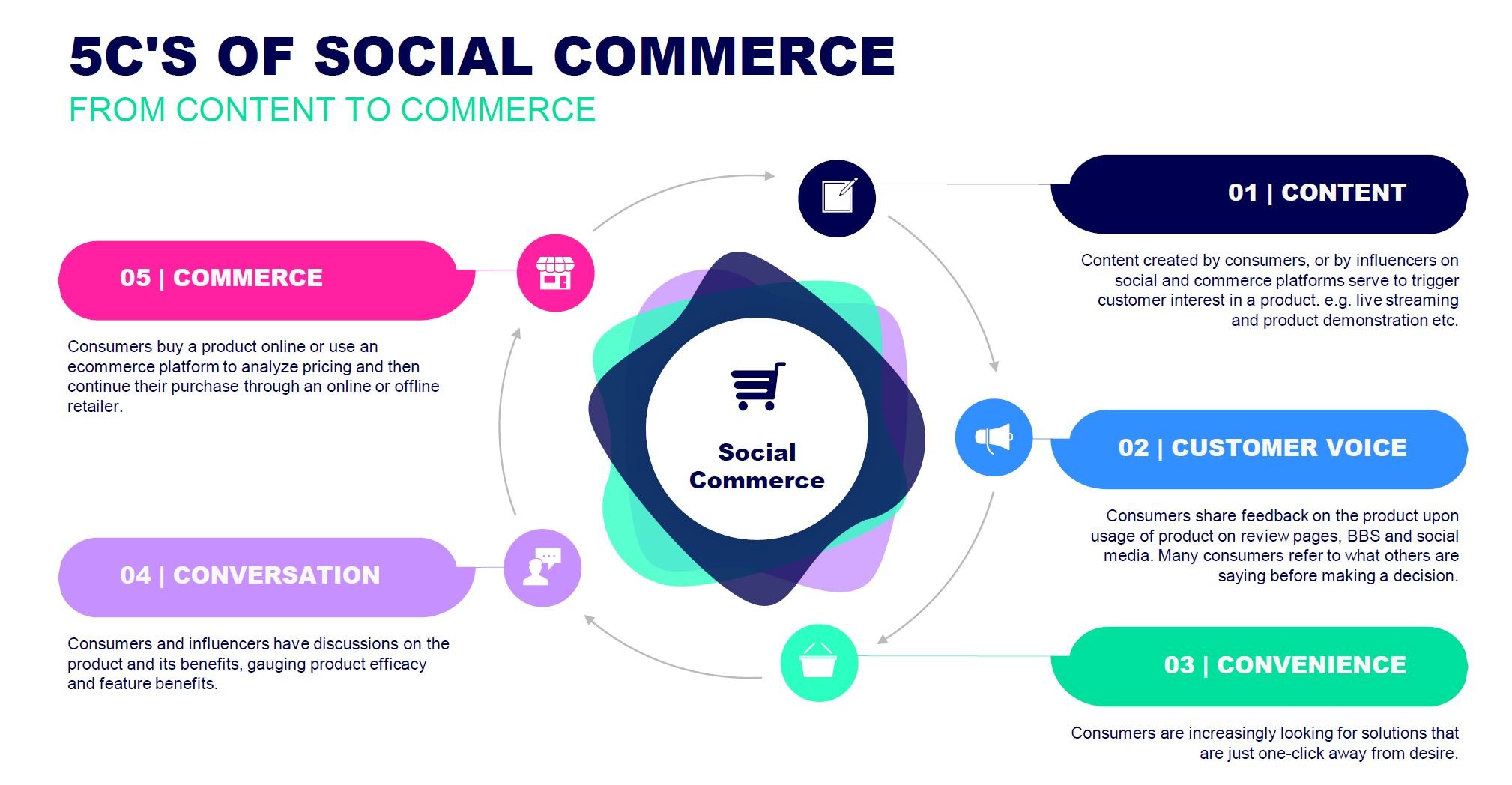Get analysis, insight & opinions from the world's top marketers.
Sign up to our newsletter.
Following up on a recent webinar for WFA members, Ali Zein Kazmi, VP Partnerships & Strategic Development, Asia & China, Ogilvy, provides insights into the opportunities and challenges of doing social commerce in China

‘Social Commerce’ is five years young. For over a decade, brands have been monitoring what consumers have said online, through social listening and understanding the value of what consumers thought and how they reacted to activities that were social in nature.
The disconnect was that social metrics never translated into business impact. They made the headlines, but not the ones CEOs were looking for, so publishers and platforms evolved, making social link directly to sales. Sure enough, Tencent’s WeChat would ban its customers from transacting on Alibaba’s Taobao, and Taobao built up its own content and influencer resource, doubling the work for the digital marketer and making life a bit more complicated for the CMO.
Fast forward five years and social media is on its head, driven by commercial goals, not ‘novel’ social metrics and life for a marketer is not easier.
So powerful is influence today in China that social platforms are linking to sales (both on- and off-platform), and ecommerce platforms are rolling out social and content features for marketers to exploit.
The fear of missing out, the ‘selfie culture’, consumer connectedness, and flexible return policies make it easy for people to be constantly looking for trends to follow and their next thing to buy.
This is what we refer to as the ‘now’ consumer.
The approach to planning ecommerce activities has also changed. Brands do not only look at how to best acquire, engage, and convert consumers but also look at social-specific metrics like building word-of-mouth, identifying the right influencer or influencers to distribute content, managing communities of people that are interested in a specific type of product and, last but not least, creating reward- and CRM-led incentives for audiences to buy from a brand online.
Many advertisers are giving equal weight to both paid traffic conversion and organic conversion. This also means that commerce is not seasonal or campaign-specific anymore. It is now, like social, ‘always on’.
The challenge however will be for marketers to remain competitive in social commerce and make sure they can differentiate their brand from others in a direct-to-consumer (DTC) marketplace, be it one that is ‘platform-first’ or ‘influencer-first’.
Our belief is that the social aspect of ecommerce will continue to help advertisers and agencies build brands in what has always been a ‘promotions’ and ‘percentage-off’ environment. Should brands continue to play purely in ‘classic commerce’, they will likely cannibalize any equity they have built for short-term gain.
By looking into some 40+ campaigns, our report Content, Conversation, Commerce identified 5 key considerations for marketers when trying to build a social commerce presence that not only sells, but also help build brand.
Content: creating purposeful content in collaboration with the platform and influencer to communicate a product and its benefits. This is about dominating feeds, not banner real estate (which has its own benefit in converting consumers that are already in our funnel).
Customer voice: understanding feedback that consumers have on products within that category, specifically what needs they have. This helps improve the product being sold on the ecommerce platform, the bundles, price, packaging, size, and the terms of sale. It is not uncommon for brands to develop SKUs specific to ecommerce channels only. Reciprocity is about giving a platform or an influencer (on that platform) the opportunity to talk about it to his followers as well.
Convenience: as marketers, we need to think about convenience and experience, and we need to make sure the product once purchased is made available to the consumer within an acceptable timeframe. In other words, you are more likely willing to wait for your car to be delivered in a few weeks. However, you would expect a shampoo to be sent to your door step within a 24-hour timeframe. There is a broader discussion we could have around experience that is linked to convenience and the other Cs in this post.
Conversation: advertisers need to learn from the conversations which consumers have on a product in any commerce environment. It’s also important to train our network of influencers to endorse and explain the product on our behalf. Not surprisingly, brands have a handful of influencers they continue to work with on the long term that serve as an extension of their marketing department. The practicalities of such a relationship allow for USPs to be explained more easily, and how that product is more advanced or improved versus its former version and a competitive equivalent.
Commerce: this is all about making sure that our products are priced competitively in relation to similar formats, value offers, or SKUs in offline retail. Marketers will find themselves developing an assortment and strategy unique to each platform. In addition to this, working with the platform to convert awareness into demand over key seasonal periods like Double 11 (Single’s Day) is critical.
Having been in China for over twenty years and seeing how quickly the market has evolved, it has become clear that success is dominated by first movers and relentless innovators, both platforms and brands that are steadfast in connecting with consumers in new purposeful ways. While this is only providing a glimpse into how fast-changing the “Now” consumer is, these thoughts are reflective of how China’s most successful brands behave. For more on this topic, check out the WPP Report 'Content, Conversation, Commerce'.

For more information or questions, please contact Gabrielle Robitaille at G.robitaille@wfanet.org